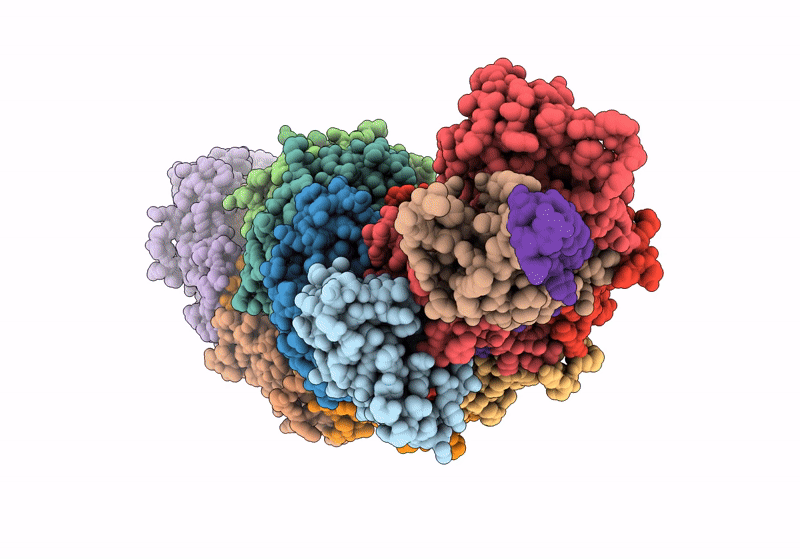
Deposition Date
2023-11-17
Release Date
2024-03-06
Last Version Date
2025-07-02
Entry Detail
PDB ID:
8X5D
Keywords:
Title:
The cryo-EM structure of the Mycobacterium tuberculosis CRISPR-Csm complex
Biological Source:
Source Organism:
Mycobacterium tuberculosis (Taxon ID: 1773)
Mycobacterium canettii (Taxon ID: 78331)
Mycobacterium canettii (Taxon ID: 78331)
Host Organism:
Method Details:
Experimental Method:
Resolution:
3.10 Å
Aggregation State:
PARTICLE
Reconstruction Method:
SINGLE PARTICLE


